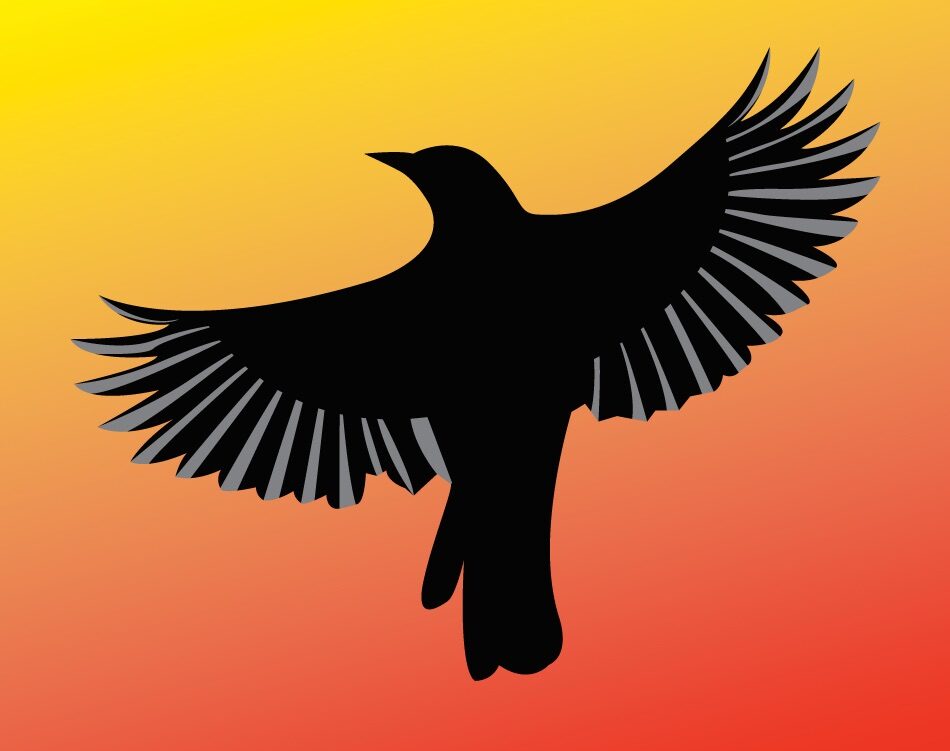Interview: Simon Haynes on “How to Write a Novel”
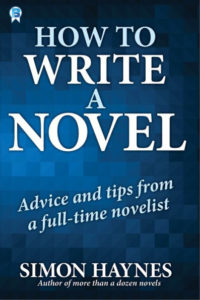
 How to Write a Novel is in the NaNoWriMo Writing Tools bundle, a collection of a dozen books on writing. A portion of the proceeds goes directly to the Challenger Center for Space Science Education, a non-profit group created by the families of the crew of the Challenger shuttle. This bundle is only available through the end of November 2018.
How to Write a Novel is in the NaNoWriMo Writing Tools bundle, a collection of a dozen books on writing. A portion of the proceeds goes directly to the Challenger Center for Space Science Education, a non-profit group created by the families of the crew of the Challenger shuttle. This bundle is only available through the end of November 2018.
Meet Simon!
Simon Haynes is a professional, prolific writer with more than 20 years experience writing fiction. He writes novels in several different science fiction series. His work typically features an underdog fighting for survival against far stronger opponents. He’s a huge fan of Isaac Asimov’s work, in particular the robot novels and the Foundation series. He also enjoys dry, witty comedy, and loves satire.
Simon is the programmer and designer behind Spacejock Software, and is responsible for popular programs like FCharts, yWriter and yBook.
How to Write a Novel
Do any of these sound familiar?
You want to write your first novel, but you don’t know how to begin.
You’ve started writing several novels, but you never finish them.
You’ve written a novel or two, but you want to increase your output and publish more often.
If you answered yes to any of the above, this book might just be what you’re looking for!
I’m Simon Haynes, and I’ve been writing and publishing novels and short fiction for almost twenty years. This guide contains everything I’ve learned about writing a novel, both as an indie and as a trade-published author.
Maybe you want to write a novel which has been on your mind for years. You don’t care how long it takes, you just want to see it through to the end.
Or maybe you see yourself as a career novelist – there’s a real challenge – and you want to write books quickly and efficiently.
I’ve done both, and I cover both approaches in How to Write a Novel.
Excerpt
Okay, we’ve covered plotting and pantsing and there are writers who are firmly committed to each camp, but there is a third choice.
First, let’s recap:
• It can be fun to write without a plot outline, because of the freedom. On the other hand it can take five or ten times as long to write a novel this way, and the rewrites are a big part of that.
• Writing plot outlines can be fun too, because it’s like pantsing an entire novel in a few thousand words. On the other hand, writing a novel from a comprehensive plot outline can become dry and boring.
Wouldn’t it be great if there was another way, where you still had fun but also got your book finished without all that wasted time and effort? That’s where my hybrid method of writing a novel comes in, and if you get nothing else from my book, this next part should be worth the price alone. It’s changed the way I approach my novels, and I’ve gone from writing one novel per year to writing and publishing four novels in the last four months.
They’re not junk, either. The reviews have been overwhelmingly positive, and they’re probably the best-received novels I’ve ever written.
– from How to Write a Novel by Simon Haynes
The Interview
What inspired you to write How to Write a Novel?
Over the years I’ve worked out a pretty good method of delivering a completed manuscript on time. I’ve been applying it to my own work this year, and during the past eight months I’ve written and published seven novels and a 15,000 word novella.
It was after completing the sixth novel for the year that I realised others might benefit from my knowledge, and so I put together How to Write a Novel.
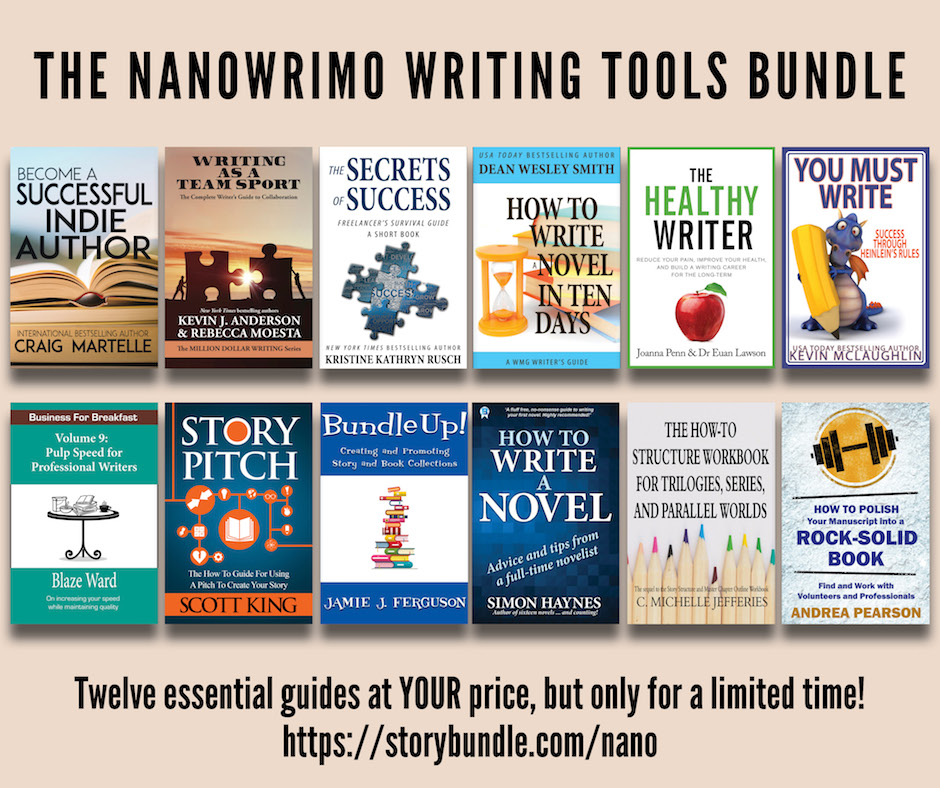
You often write series of standalone novels, instead of novels where each one is the sequel to the previous book. Why have you chosen to do this for some of your series?
When I was about six years old a well-meaning relative gave me a copy of Borrowers Afield by Mary Norton. It was book two in the series, a sequel to book one in every sense of the word, and I refused to read it until I could get my hands on the first.
Later in life I ended up with two books from a different three-book trilogy. These were re-issues of a 1950’s science fiction series, and the publisher only released the first two books! The front- and back- matter said NOTHING about the third title, which I found out about years later. I ended up having to buy a 1950’s first edition, and they’re as rare as hen’s teeth.
Anyway, I guess the short answer is, I’ve been burned several times by incomplete series and I don’t want to inflict the same torture on my own readers.
(To be fair, missing books is hardly a problem nowadays, thanks to ebooks.)
If you could go back in time to when you started writing, and could give your younger self one piece of advice, what would that be?
I didn’t start my first novel until I was 27, and didn’t write my first proper short story until I was 18. My advice would be to start sooner and write more!
You began writing Hal Spacejock in 1994, and are working on the ninth book in the series. What do you enjoy about writing these books, and what keeps you engaged after spending so many years with Hal Spacejock and Clunk the robot?
They’re a fantastic comedy duo (trio, if you include the Navcom). When the three of them get together, scenes just write themselves.
But honestly, I can’t seem to avoid these characters. I managed to work Clunk into my new fantasy trilogy, and all of my novels are interconnected somehow, even the middle-grade titles.
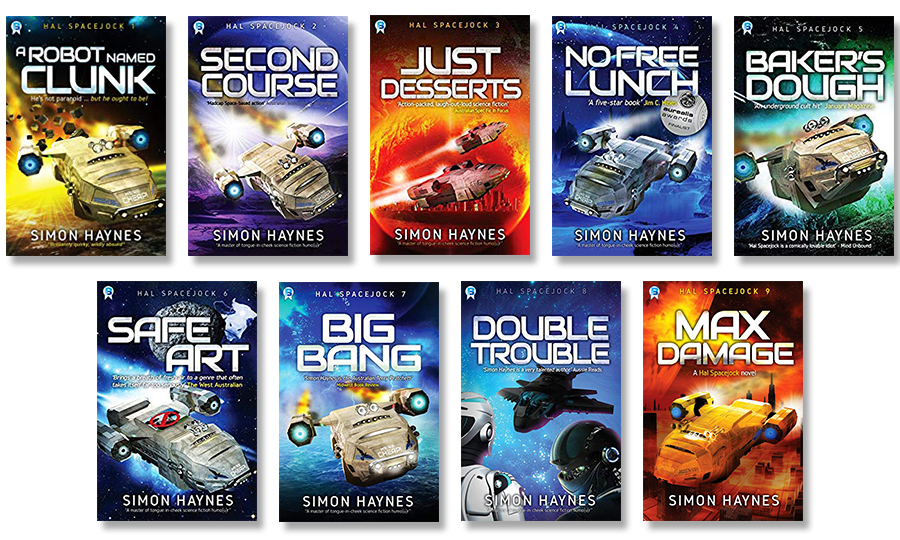
How to Write a Novel contains a section on facing fear. What’s your most important piece of advice to writers who are dealing with fear?
Most of us worry that our first novel will be a pile of unreadable rubbish. Well, I’m here to tell you … it probably will be! Mine certainly was, and not only that, it was only about ⅓ of a full length novel to boot.
Maybe the second novel is another pile of rubbish, but if you find a story to tell, and write about engaging characters facing interesting challenges, eventually it’ll come together.
Like anything, it takes practice.
What is yWriter, and why did you create it?
 I was a short story writer to begin with, and I’d start writing at the beginning and keep typing until I had 2, 3, 4000 words. Then I’d type The End and start posting it off to markets.
I was a short story writer to begin with, and I’d start writing at the beginning and keep typing until I had 2, 3, 4000 words. Then I’d type The End and start posting it off to markets.
When I started on a novel, with multiple plot lines and points of view, I got to about 20,000 words and it all became too much to handle. I knew I’d written a certain paragraph, but couldn’t find it.
As a computer programmer I deal with software code broken up into small, easy-to-handle chunks. I wanted the same thing for my novel writing, and so I designed yWriter to be more like a programmer’s tool than a document editor.
Some authors outline their novels ahead of time; others write into the dark. What approach do you use, and do you follow the same approach for each book?
Both, and no!
This is a sore point, because this year I’ve written 3 novels to strict outlines, and another 4 which I just wrote any old how. They all turned out fine, it was just a very different process.
So, with my latest I sat down and wrote a 5,000 word plot outline. It only covered the first ⅔ of the novel. And then, as I started on chapter one, Hal and Clunk kicked the entire outline to the kerb and went off on the adventure THEY wanted to have.
Tell us about the world’s deadliest paper plane!
Oh yes, true story. I made this acrobatic plane and threw it straight onto the neighbour’s roof. (This was in rural Spain.) They weren’t there, since it was a holiday home in the off-season, so I climbed up the stairs to this kind of rooftop patio, and I could see my plane further up the roof, on the tiles. I reached up to climb past this kind of metal wire fence, then froze. The ‘metal wire fence’ was the overhead high-voltage power lines, which were only about three feet above the roof!
Talk about shoddy building standards. They must have built the house under existing powerlines and just left them there.
Clunk, the robot in your Hal Spacejock series, also appears in your Robot vs. Dragons series, where you’ve stranded him on a planet that doesn’t have space travel. Why did you decide to create a new series that included Clunk, and has this created any challenges for you as the author–or any unexpected opportunities?
Earlier in 2018 I posted a joke cover for April Fools, the title of which was ‘A Game of Clunks’. There was a shield with a cog on it, and a joke about the robot ‘who couldn’t bend the knee, or anything else.’
The reaction was amazing, with people saying I HAD to write it. I was only 10,000 words in when I realised it had just become a dreaded trilogy. I mean, the books have FOURTEEN sub-plots and a cast of dozens. There was no way I was going to wrap that lot up in one novel.
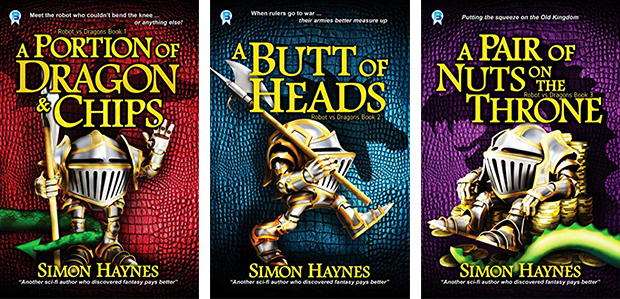
What story (or stories) are you working on now, and what’s fun about what you’re writing?
Hal 9, Hal Junior 4 and 5, a three-book series featuring a rookie fighter pilot (scifi), and four adult comedy novels under a pen name. The fighter pilot appears in Hal 9, as an older character, which was a deliberate choice. I intended to include her as a cadet, but decided to make her a senior officer in Hal 9, and a cadet in the series. Same thing I did with the Harriet Walsh Peace Force books.
The variety is what makes it fun!
About Simon
Simon Haynes was born in England and grew up in Spain. His family moved to Australia when he was 16.
In addition to novels, Simon writes computer software. In fact, he writes computer software to help him write novels faster, which leaves him more time to improve his writing software. And write novels faster.
Between 2005 and 2012, Simon completed NaNoWriMo six times. He’s still recovering.
Simon’s goal is to write fifteen novels (quickly) before someone takes his keyboard away.
Update 2018: goal achieved and I still have my keyboard!
New goal: write thirty novels.
